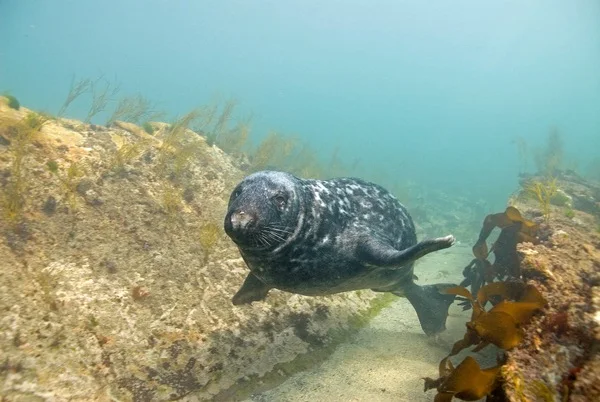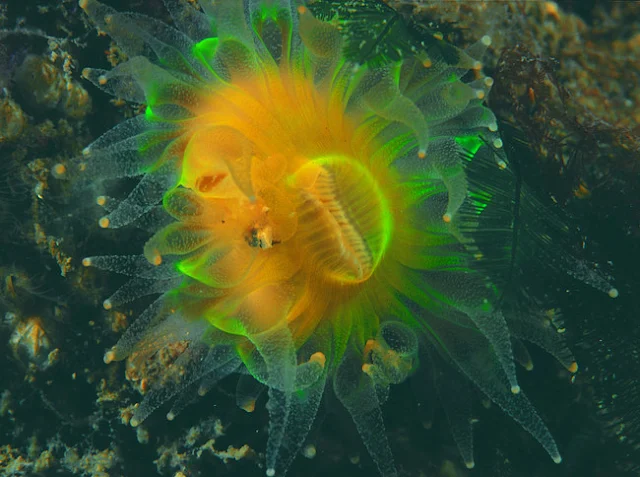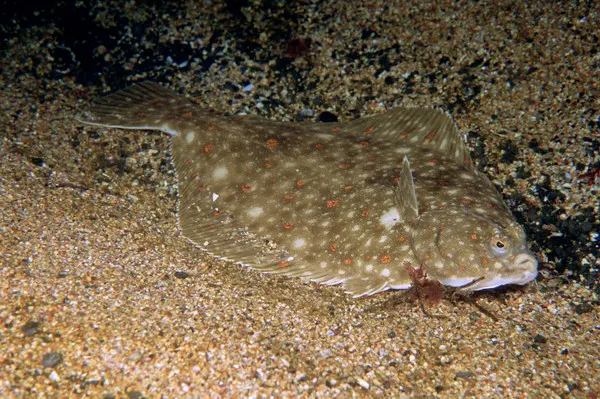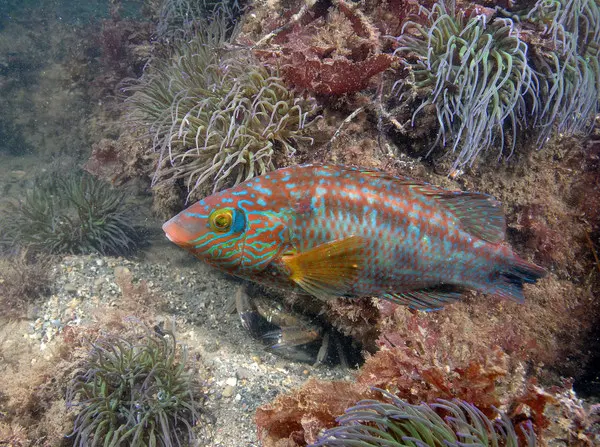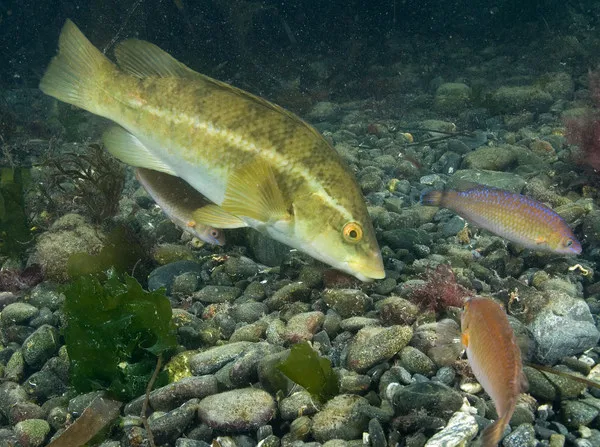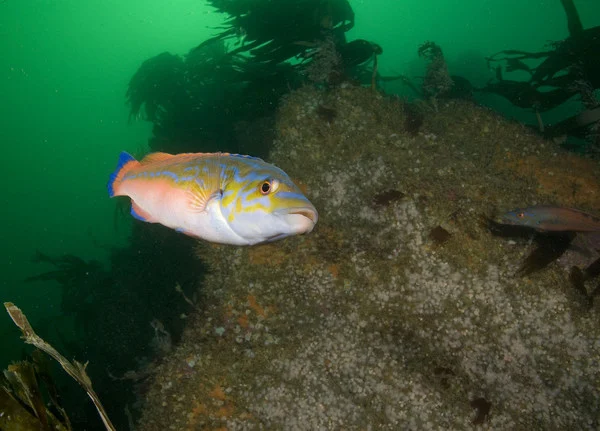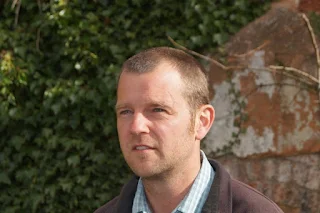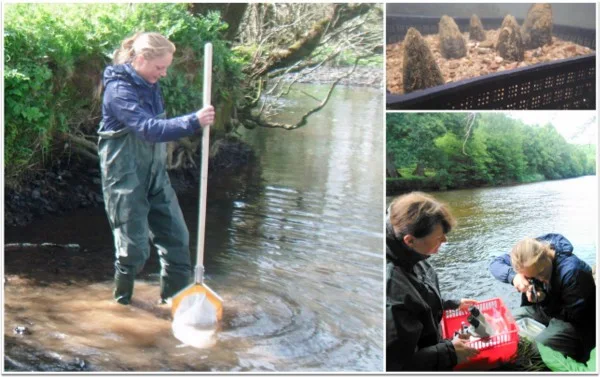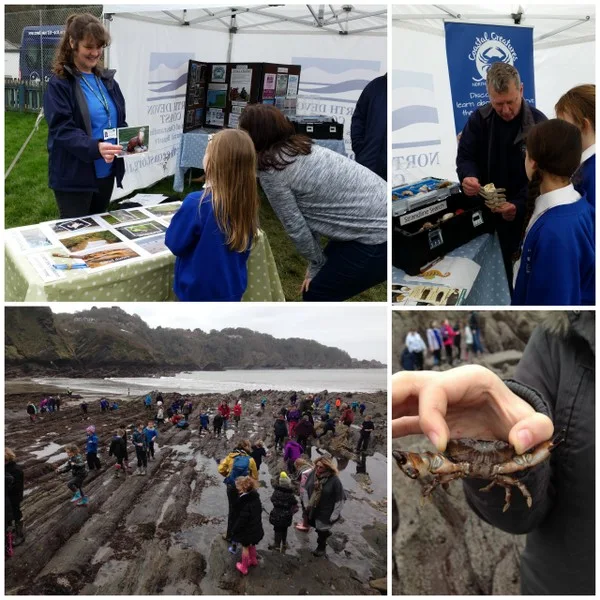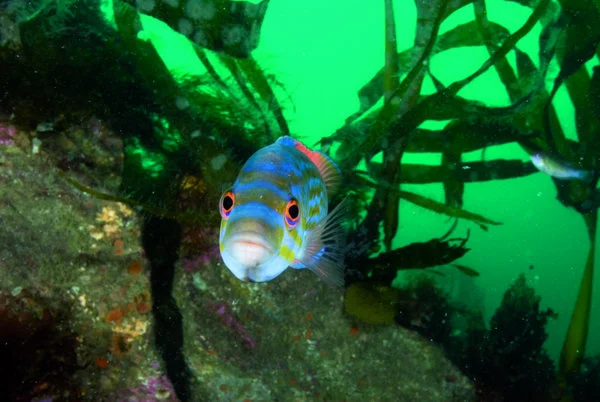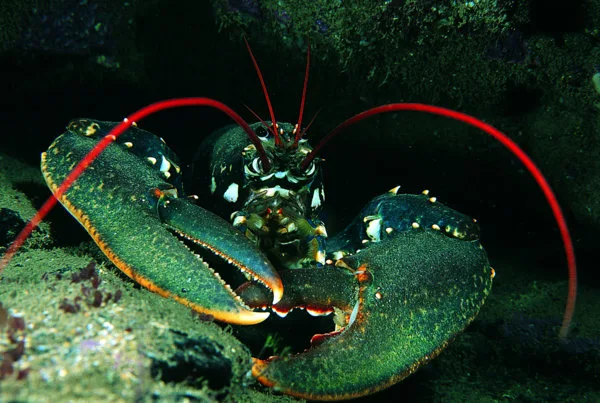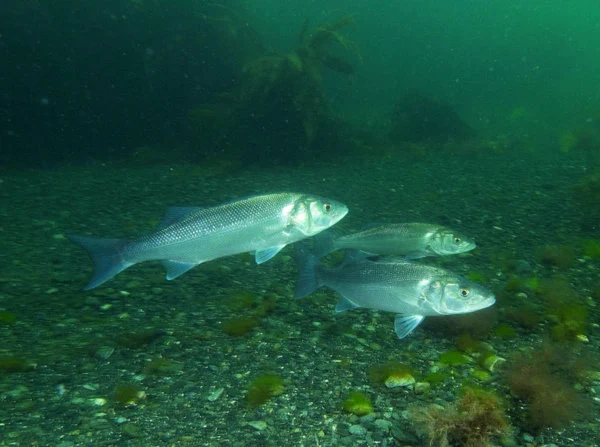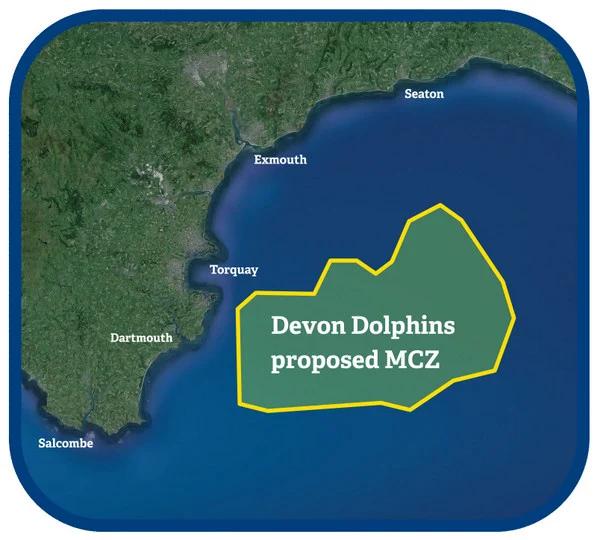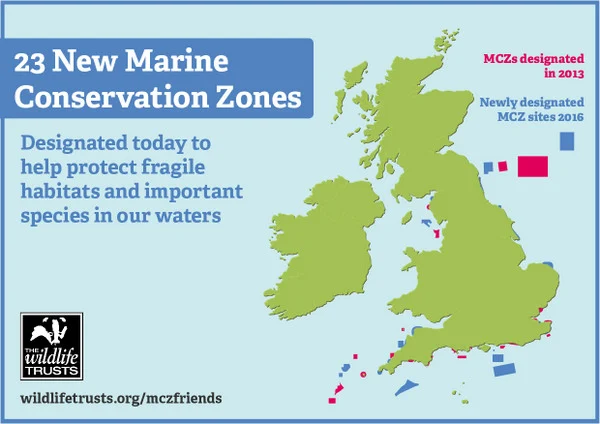The Wildlife Trusts are calling on everyone to join a giant wave of support for 41 new Marine Conservation Zones
The Wildlife Trusts have launched a new campaign – #WaveOfSupport – to give everyone across the country the chance to back 41 new Marine Conservation Zones and protect our part of the Blue Planet around the English coast.
The Wildlife Trusts have launched a new campaign – #WaveOfSupport – to give everyone across the country the chance to back 41 new Marine Conservation Zones and protect our part of the Blue Planet around the English coast.
Recently, the government launched a consultation asking the public for their views about protecting a new group of Marine Conservation Zones (MCZs) – areas at sea where wildlife is protected from damaging activities. 41 special places have been chosen for the public to comment on, including nine in Devon’s waters.
None of these places will be designated unless there is public support for their protection. That’s why The Wildlife Trusts are urging the public to have their say and join a giant #WaveOfSupport e-action campaign which sends a message to government calling for all 41 potential MCZs to be recognised and protected. The public have until Friday 20th July to make their views known. The e-action can be completed at www.wildlifetrusts.org/wave-of-support
Plymouth-based Joan Edwards, Director of Living Seas at The Wildlife Trusts said:
“It’s rare that people get a chance to influence the future of our precious seas and the beautiful but fragile wild places and animals that live there. Since The Wildlife Trusts’ president emeritus, Sir David Attenborough, brought us the Blue Planet series, there’s been a surge of interest in the wonders of marine life coupled with horror at the threats facing the delicate marine environment. We’re offering people a way of channelling this concern into a giant wave of public support to create a network of protected special places at sea.”
Coral Smith, Marine Education Officer for Devon Wildlife Trust, explained the significance for Devon’s marine wildlife:
“Nine areas in Devon’s waters have been put forward for protection in the form of Marine Conservation Zones, reflecting just how special and important our marine environment is here in Devon.
“Five estuary sites have been nominated, providing some of the most biologically productive mud and sand habitats, which in turn are hugely important feeding areas for waders, seabirds and juvenile fish. Four recommended offshore sites are home to commercially important species such as crab and lobster and many other wild and extraordinary creatures which are part of a healthy marine ecosystem."
“Five estuary sites have been nominated, providing some of the most biologically productive mud and sand habitats, which in turn are hugely important feeding areas for waders, seabirds and juvenile fish. Four recommended offshore sites are home to commercially important species such as crab and lobster and many other wild and extraordinary creatures which are part of a healthy marine ecosystem."
Coral continued: "It is vital that these remaining areas are designated in order to create a blue belt of protection around Devon to restore the sea-bed that has been ravaged over the past century and allow fragile marine life to recover. “This MCZ consultation process could be our last chance to protect Devon’s most important marine wildlife and habitats, and so we must make the most of this opportunity for our voices to be heard.”
The Wildlife Trusts believe that the consultation is a step in the right direction for England’s seas. Proper protection through good management of these sites after designation will be essential to ensure that our seas have the opportunity to recover.
Grey Seal - Photo copyright Paul Naylor (marinephoto.co.uk) All Rights Reserved.
Supporters can add their #WaveOfSupport at www.wildlifetrusts.org/wave-of-support

